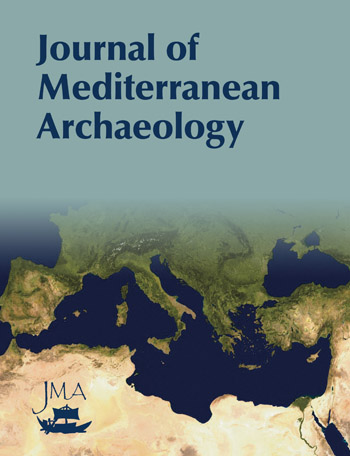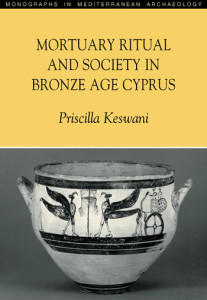Reviews
Overall, this is a welcome addition to the literature on Cypriot archaeology, being theoretically informed and rich in archaeological data, both of which are presented in an engaging style and accessible language. Moreover, it moves attention away from the usual (meta)narratives that have tended to focus on emerging social complexity, settlement and the economy, copper and pottery production, and international trade. Instead, the focus on the social and experiential aspects of the built environment of LBA Cyprus (albeit constrained to the better-known urban context) allows students and researchers alike to engage with a more meaningful understanding of the lived experience of the island’s second millennium inhabitants.Journal of Near Eastern Studies
Fisher’s study offers new and fascinating insights into the role monumentality played in an increasingly complex society. The meticulous analyses in combination with various theoretical approaches will certainly be of highest relevance for comparable monumental architecture in other periods and geographical areas.
Cahiers du Centre d’Études Chypriotes
Monumentality, place-making and social interaction of Late Bronze Age Cyprus by Fisher shares a lot of similarities with its subject material in the sense that the content of the book, much like monumental architecture, is grand in scope and built upon a strong foundation.
In this thick tome, Fisher digs deep and introduces new material as well as re-examining legacy data through a novel lens, which simultaneously underlines the importance of monumentality in the Late Bronze Age and the continued academic development of Cypriot archaeology.
Antiquity








